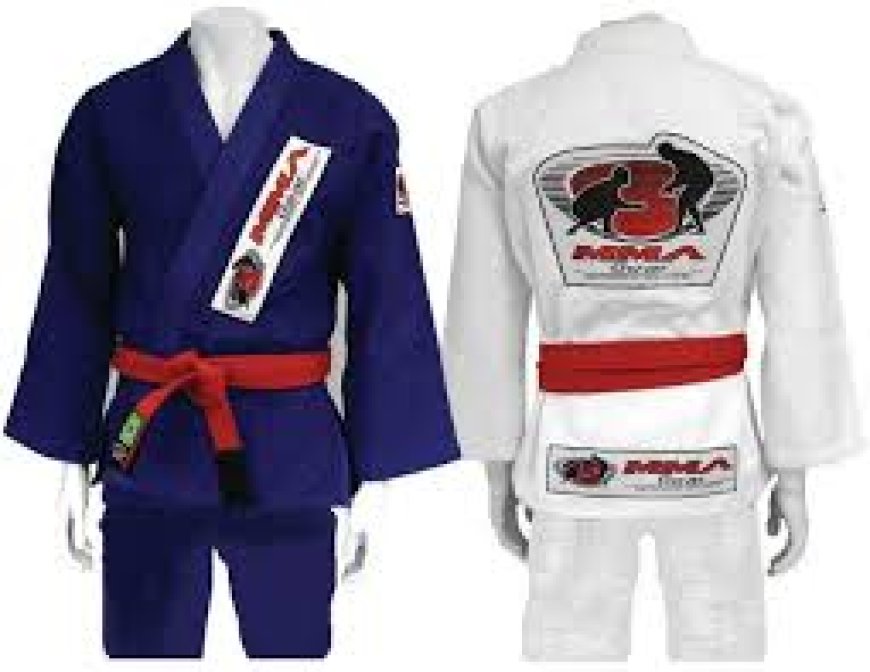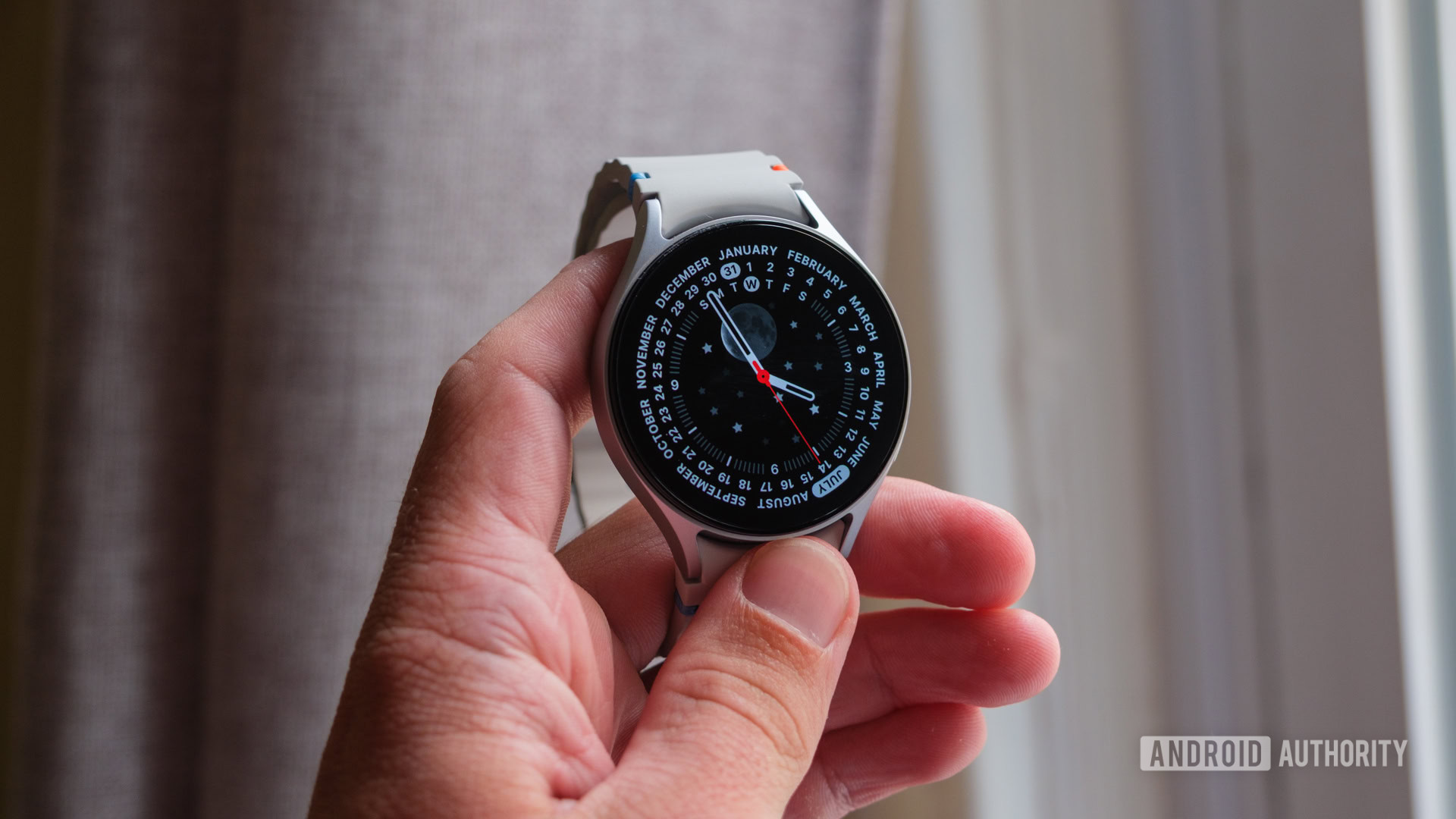How Many BJJ Gi Sizes Exist and Which One Fits You Best?
MMA Jitsu Gear offers a premium selection of BJJ Gis, No Gi rash guards, and top-quality Jiu Jitsu fightwear. Our products are designed for durability, comfort, and performance, catering to athletes of all levels. Whether you're training or competing, MMA Jitsu Gear ensures you have the best apparel to support your martial arts journey.

Brazilian Jiu-Jitsu (BJJ) is not just a martial art; it's a way of life for many practitioners around the globe. Central to this practice is the BJJ gi, a traditional uniform that not only signifies rank and discipline but also plays a crucial role in training and competition. Choosing the right BJJ gi size can significantly impact your comfort, performance, and overall experience on the mats. In this comprehensive guide, we delve into the various sizes available, considerations for selecting the best fit, and explore related gear like long sleeve and short sleeve rash guards.
Understanding BJJ Gi Sizes
1. Introduction to BJJ Gi
The BJJ gi consists of several components: the jacket (or top), pants, and a belt. It is typically made from cotton or a cotton-polyester blend, designed to withstand the rigors of training while providing the necessary range of motion for grappling techniques. The gi serves both practical and symbolic purposes within the BJJ community.
2. Common BJJ Gi Sizes
BJJ gis come in a range of sizes to accommodate practitioners of different heights and builds. The sizing conventions generally follow standard measurements but can vary slightly between brands. Common sizes include A0 through A5, with variations such as A1L (Long) and A2H (Husky) to cater to different body types.
- A0: Often the smallest size, suitable for very petite practitioners or children.
- A1: Fits most average-sized adults.
- A2: Suits taller individuals or those with a more muscular build.
- A3: Designed for larger frames or taller practitioners.
- A4 and A5: Generally for very tall or broad individuals, respectively.
3. Factors Influencing Gi Size Selection
Several factors influence which BJJ gi size is best for you:
-
Height and Weight: Manufacturers provide size charts that typically correlate height and weight ranges with specific gi sizes. For instance, an A2 gi might be recommended for someone 5'9" to 6'0" tall and weighing 170 to 190 pounds.
-
Body Type: Consider your body's proportions, especially if you are broader or slimmer than average. Some brands offer variations like A2H (Husky) or A1L (Long) to accommodate these variations.
-
Shrinkage: Most BJJ gis will shrink slightly after the first few washes due to their cotton composition. Manufacturers often account for this shrinkage in their sizing recommendations, so it's essential to follow their guidelines.
4. Choosing the Right Fit
When trying on a BJJ gi, consider the following fit guidelines:
-
Jacket: The jacket should fit comfortably around your shoulders and chest without being too tight or too loose. The sleeves should reach to about mid-wrist when your arms are extended straight ahead.
-
Pants: The pants should have enough room in the hips and thighs for comfortable movement. The length should reach to just above the ankle bone when standing upright.
5. Testing Mobility
Once you've found a gi that matches your measurements, it's crucial to test its mobility during movements typical of BJJ:
-
Arms: Practice arm circles and reaching movements to ensure the gi allows for full range of motion without restricting your techniques.
-
Legs: Perform squats and lunges to check if the pants provide adequate freedom of movement without riding up excessively.
Rash Guards in BJJ Training
1. Role of Rash Guards
Rash guards are worn underneath the BJJ gi or on their own during training sessions. They serve several purposes:
-
Hygiene: Rash guards help absorb sweat and reduce the spread of bacteria, keeping you and your training partners cleaner.
-
Comfort: They provide an additional layer of comfort, especially under the rough texture of the gi fabric.
-
Protection: Rash guards can protect your skin from mat burns and minor abrasions during grappling.
2. Types of Rash Guards
Rash guards come in two primary styles based on sleeve length:
-
Long Sleeve Rash Guards: These provide full arm long sleeve rash guards and are ideal for cooler training environments or when additional skin protection is desired.
-
Short Sleeve Rash Guards: Offering more freedom and breathability for the arms, short sleeve rash guards are popular in warmer climates or intense training sessions.
3. Choosing a Rash Guard
When selecting a rash guard, consider these factors:
-
Material: Look for moisture-wicking fabrics like polyester-spandex blends that offer comfort and durability.
-
Fit: A rash guard should fit snugly without being restrictive, allowing for ease of movement and comfort during training.
-
Design: Many rash guards come in various designs and colors, allowing you to express your style while training.
Conclusion
Choosing the right bjj gi size and accompanying rash guard is essential for every practitioner, whether beginner or advanced. By understanding your body measurements, considering factors like shrinkage, and testing for mobility, you can ensure a comfortable and functional fit that enhances your training experience. Likewise, selecting the appropriate rash guard based on sleeve length and material will contribute to your comfort and performance on the mats. With these considerations in mind, you're well-equipped to navigate the wide array of BJJ gear available and find the perfect fit for your journey in Brazilian Jiu-Jitsu.
What's Your Reaction?
 Like
0
Like
0
 Dislike
0
Dislike
0
 Love
0
Love
0
 Funny
0
Funny
0
 Angry
0
Angry
0
 Sad
0
Sad
0
 Wow
0
Wow
0



















































